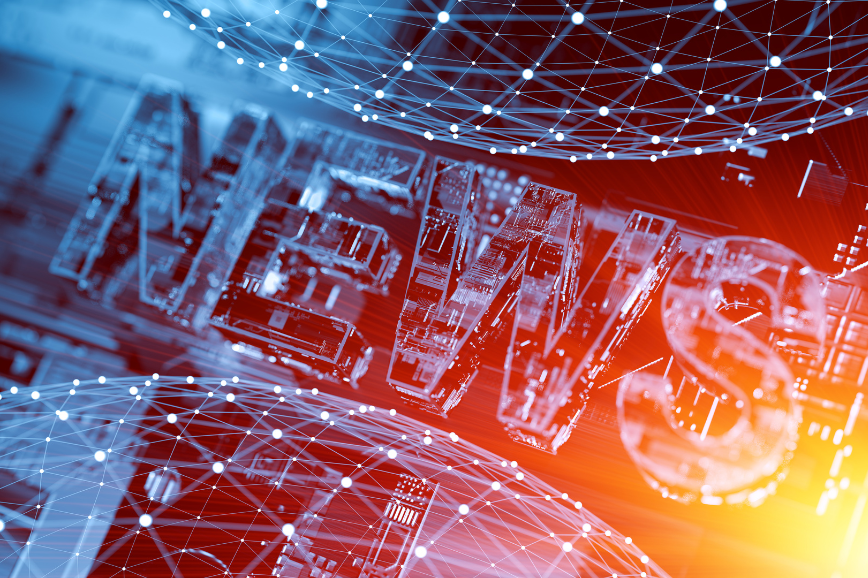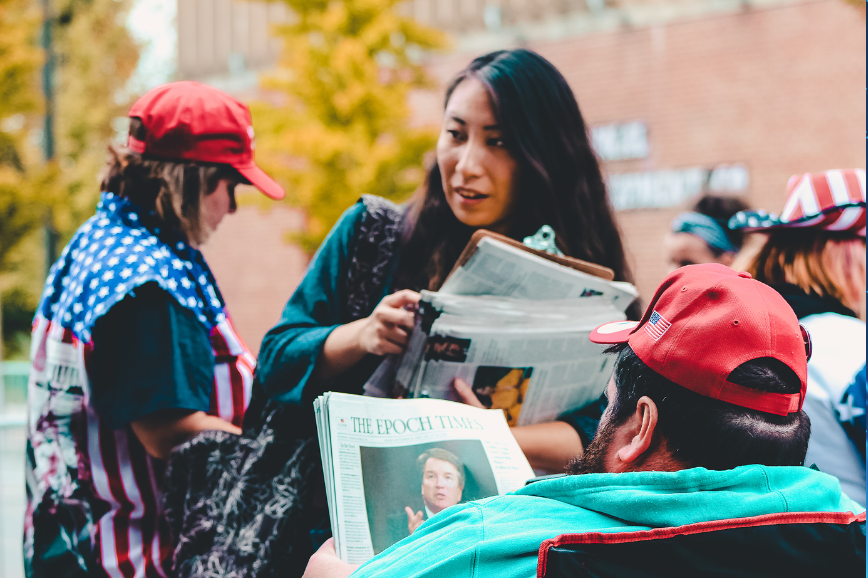
The rise of Generative AI (GenAI) is the game-changer. Disinformation is no longer just a poorly written blog post; it is a perfectly rendered deepfake video of a political leader, a highly convincing scientific paper written by a Large Language Model (LLM), or a coordinated bot network pushing tailored narratives. When machines can blur the line between reality and fabrication at will, human expertise in verification is the only reliable anchor. Fact-checkers are now adopting AI tools (like reverse image searches and deepfake detectors) not to replace their judgment, but to arm themselves in an algorithmic arms race.
The Real-World Consequences of a Fractured Truth
The stakes of this battle extend far beyond hurt feelings or online debates. Misinformation directly threatens the foundational pillars of society:
- Undermining Public Health: The COVID-19 pandemic demonstrated how quickly health misinformation—about vaccines, treatments, or the virus’s origin—could spread, leading to vaccine hesitancy, reckless behavior, and unnecessary deaths.
- Eroding Democratic Processes: Disinformation campaigns targeting elections, ballot counting, or political candidates undermine voter confidence and fuel political polarization. When citizens can’t agree on basic facts, meaningful public debate becomes impossible.
- Threatening Social Cohesion: False narratives designed to exploit social biases, stoke ethnic hatred, or create manufactured crises can lead to real-world violence and social unrest, fracturing community trust.
Fact-Checking is The Essential Antidote
Fact-checking organizations—whether independent non-profits or dedicated media departments—serve two indispensable roles in the digital age:
- The Sentinel: They act as the early warning system for misinformation, monitoring social platforms and public discourse to identify and prioritize claims that are going viral, allowing for a timely intervention before the lie is permanently embedded in public consciousness.
- The Educator: Professional fact-checks don’t just assign a label (“False”); they provide transparency, evidence, and context. They show their work, citing primary sources, documents, and expert testimony. This process is crucial because it teaches the public how to think critically, fostering the digital literacy necessary for a resilient society.
In the digital age, everyone is a publisher, and everyone is a potential distributor of falsehoods. Fact-checking provides the professional, ethical backbone that prevents our interconnected world from collapsing under the weight of its own unverified information. The fight for truth has never been harder, and the need for rigorous, transparent verification has never been more vital. The integrity of our information space depends on it.





